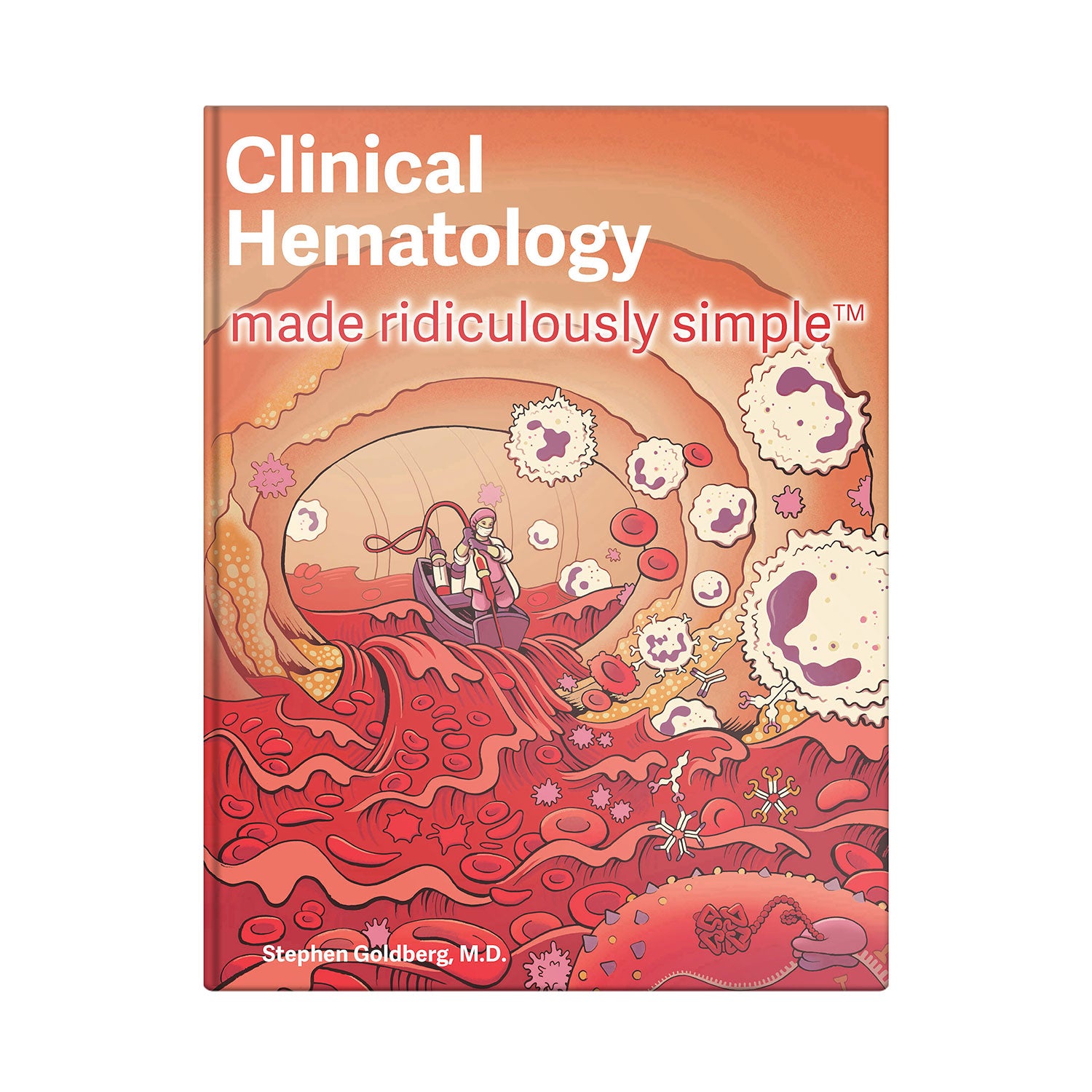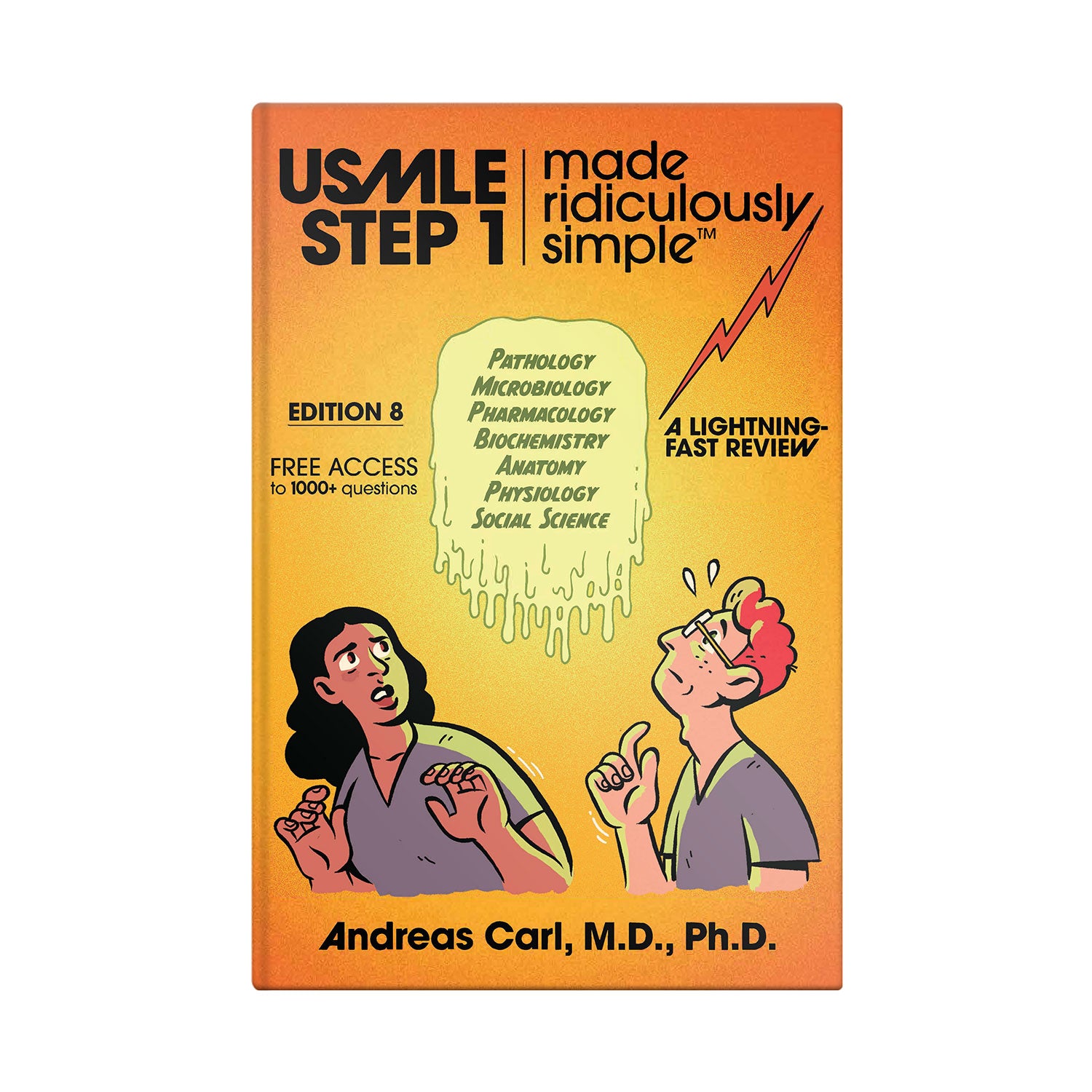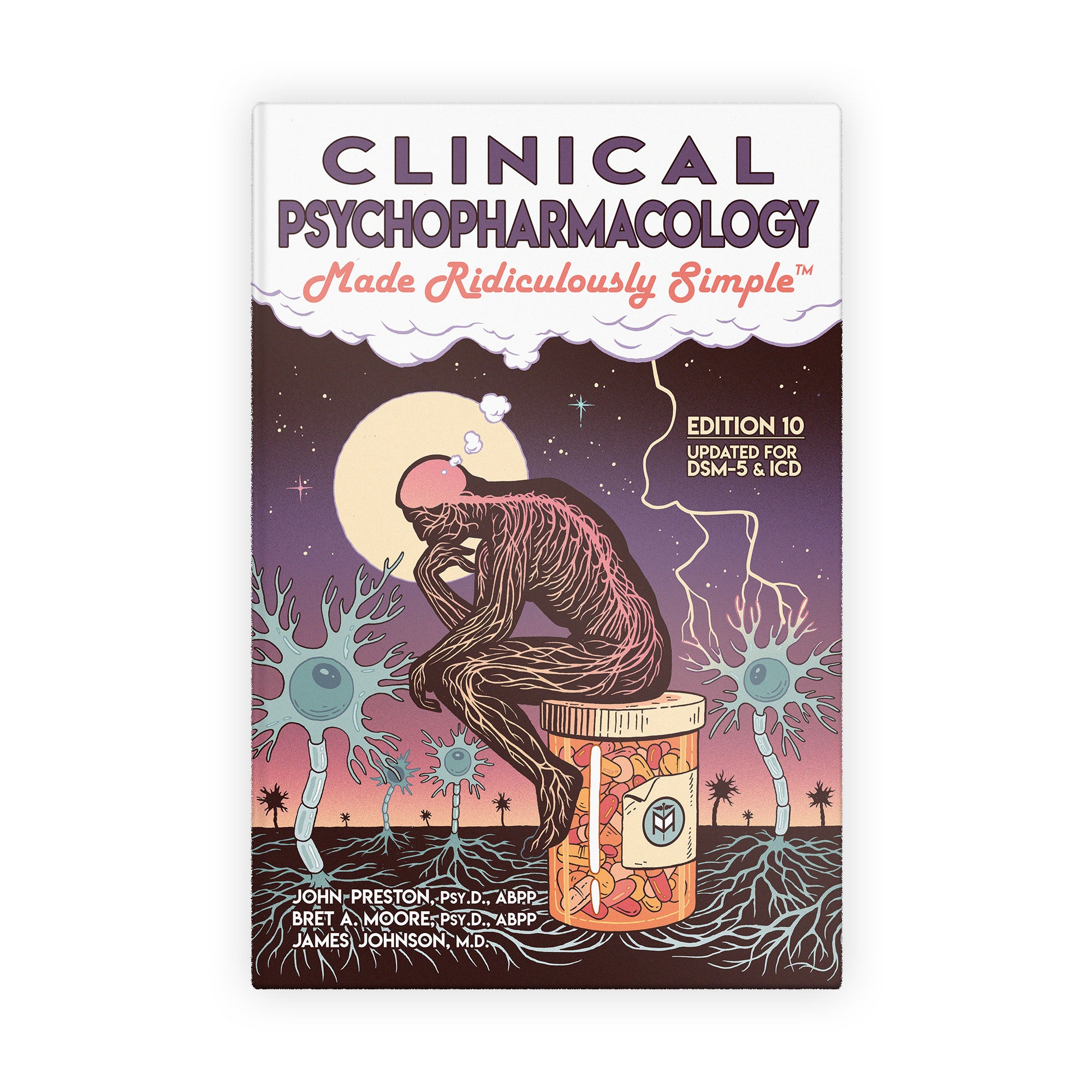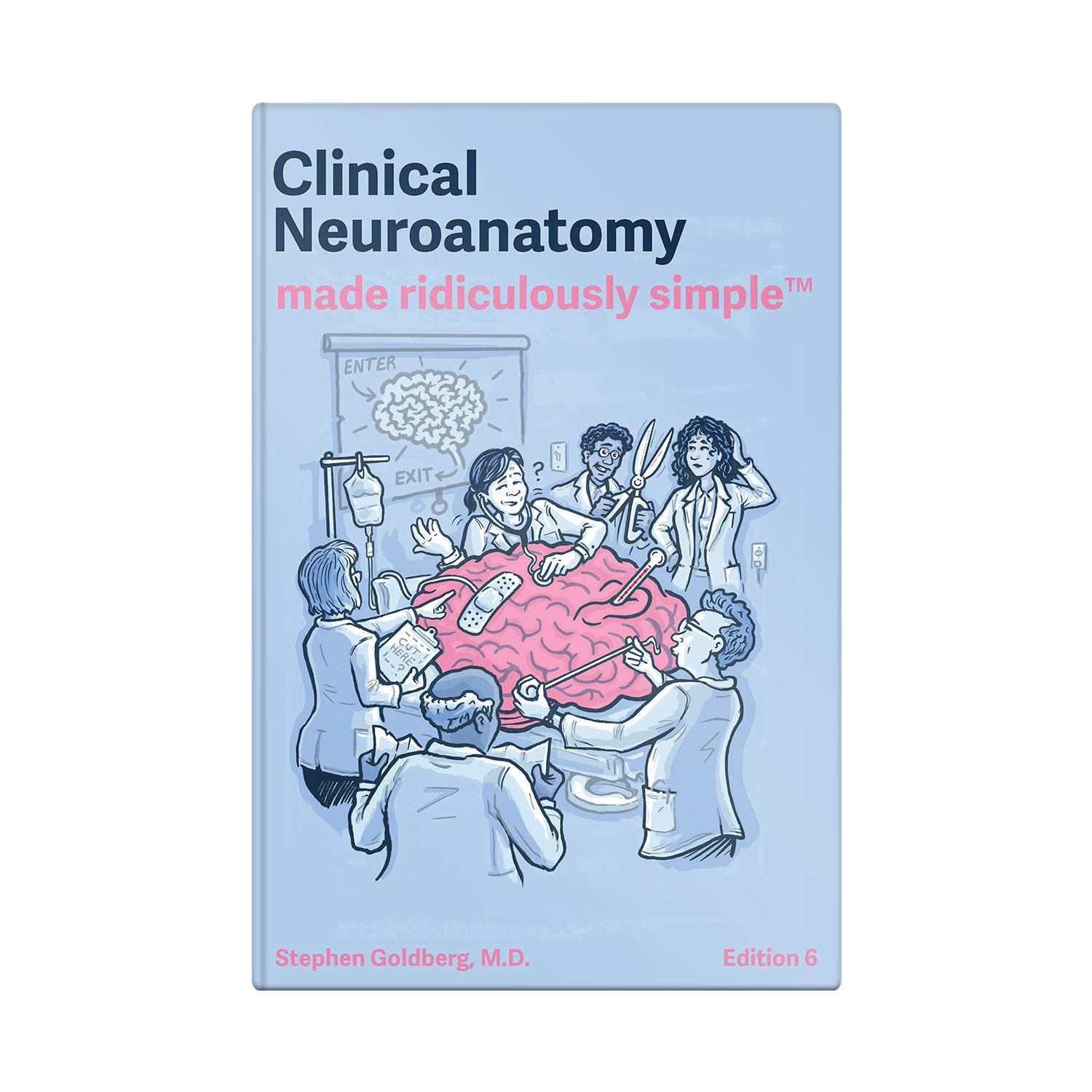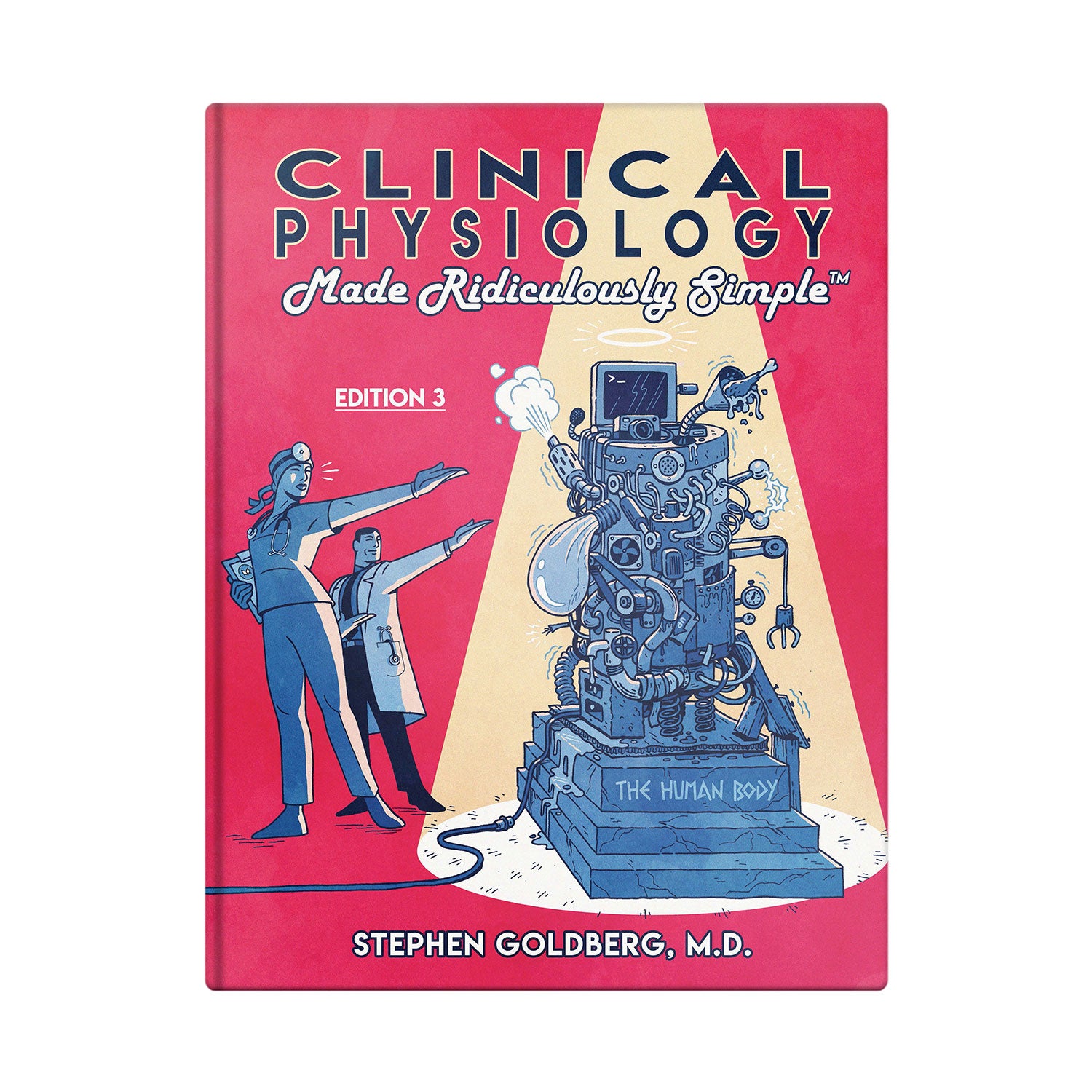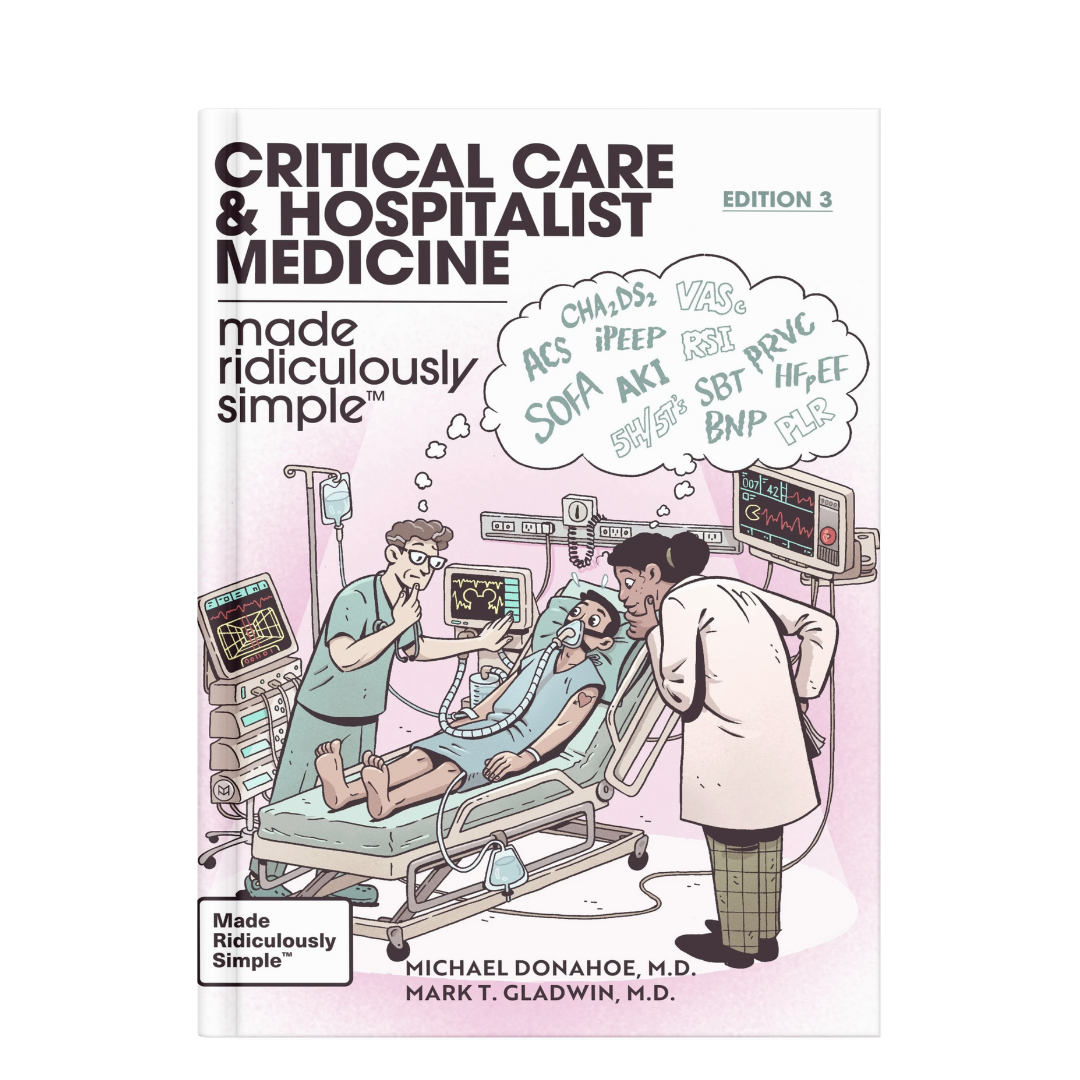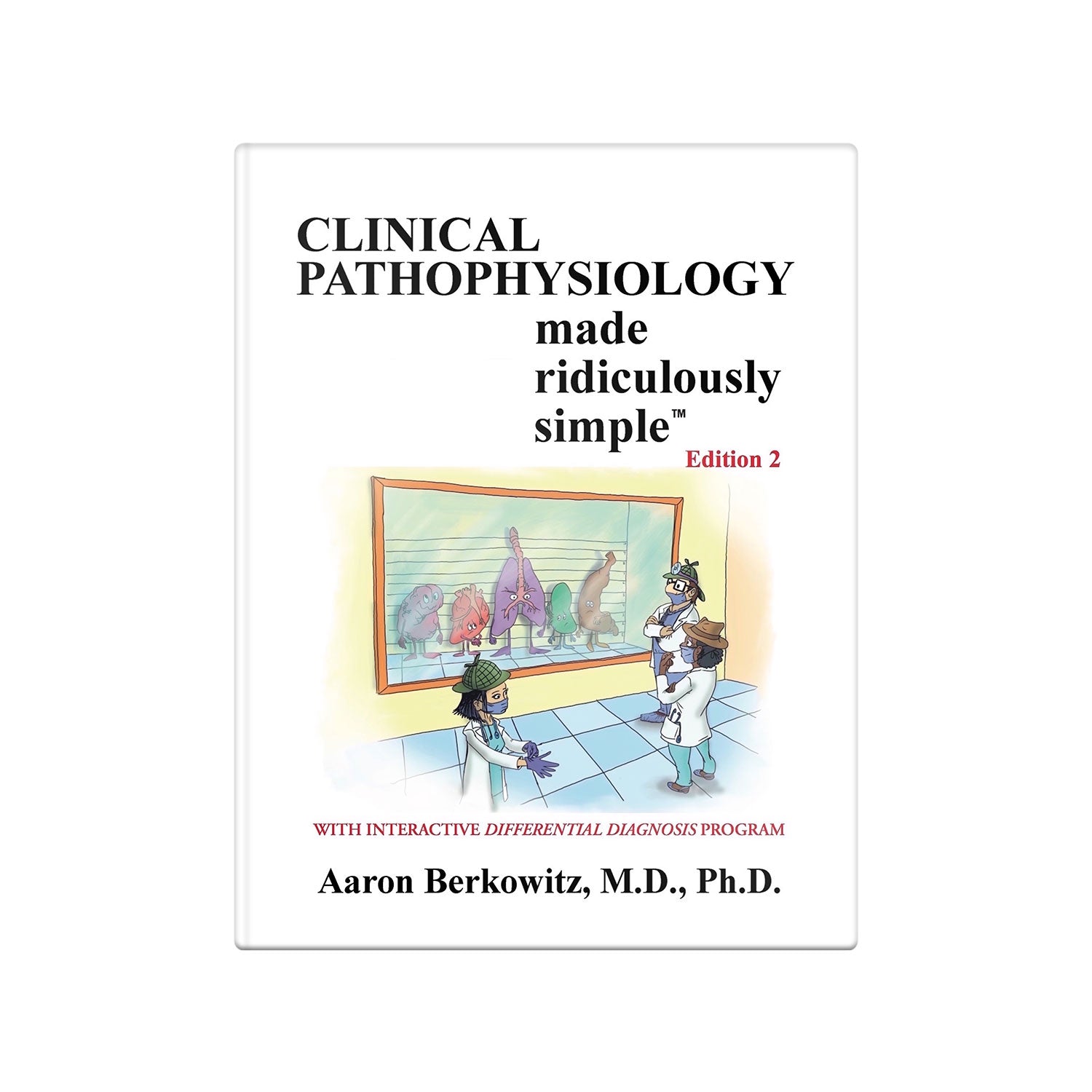
Memory Techniques for Med School #8 (Memory Palace)
In the Memory Palace you simply visualize a walk through a place that you know well.
THE MEMORY PALACE
The Memory Palace (also called the method of loci, or mental walk) is a terrific memory method that was used as far back as ancient Rome, but has been largely underused since the invention of printed books. Neuropsychologist A.R. Luria, in his book “The Mind of a Mnemonist,” describes an amazing patient he followed for many years, who never forgot anything. The patient used the Memory Palace method, which is also praised highly by Joshua Foer, who won the U.S. memory championship and describes the method in his best-selling book “Moonwalking with Einstein.”
In the Memory Palace you simply visualize a walk through a place that you know well. For instance, it may be your home, in which you first encounter a large tree outside, then the front door, then the foyer, then the den on the right, then the kitchen, the bathroom, the bedroom, etc., in succession. You know this sequential list well, simply by the familiarity that you have with your home.
You use this walking list of places to associate each stop along the walk with an item on the list you wish to memorize.
In the case of the 7 cancer signs:
- A change in bowel or bladder habits
- A sore that does not heal
- Unusual bleeding or discharge from any place
- A lump in the breast or other parts of the body
- Chronic indigestion or difficulty in swallowing
- Obvious changes in a wart or mole
- Persistent coughing or hoarseness
You might associate a cancerous tree, shaped like a "7," that had a bowel and bladder exploding from its trunk. Continuing the walk:
The fecal matter would land on the door, causing a large sore on the door.
The sore would erode through the door, causing a massive pool of blood and discharge in the foyer.
The den on the right would be filled to the ceiling with lumps.
etc.
The advantage of the Memory Palace over the Link and Peg methods is that you can have numerous memory palaces. There then is no problem of confusing one item in a list with the same item in another list (such as a list of drug effects or symptoms of a disease). Just use a different memory palace. Trained mnemonists use hundreds of Memory Palaces. Moreover, you don’t have to memorize the number/letter combinations of the Peg method. You already have ready made pegs through the places you have visited and know well.
The Goldberg Files
The Goldberg Files is based on the struggles of Dr. Goldberg as well as those of his many students which he observed while teaching medical school for 25 years. This extensive blog is dedicated to assisting students in dealing with the stresses of medical education. Want to learn more?



